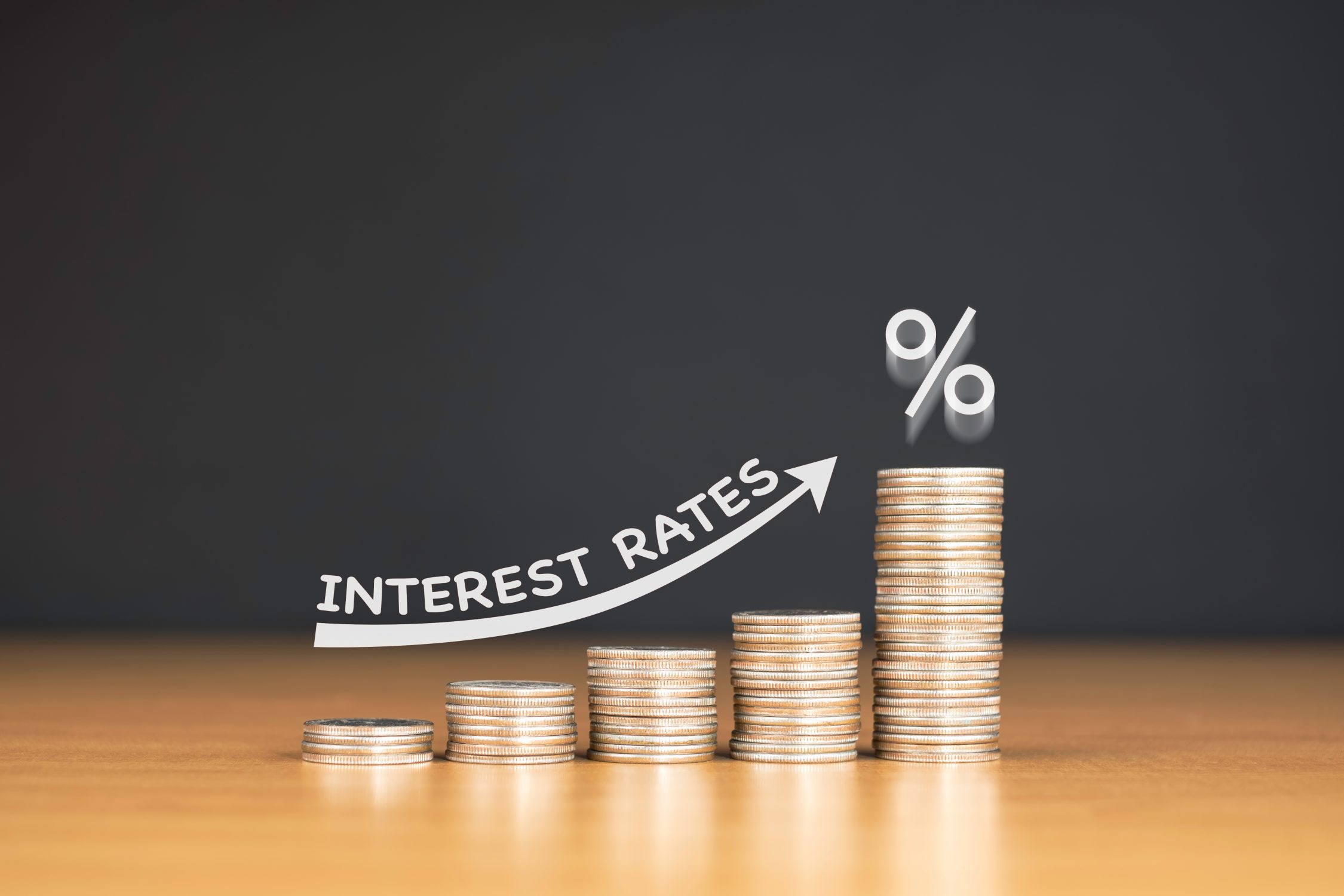You’re graduating college or trade school and looking for your first job. During this process, you work on your personal budget and start to factor in student loan repayments. If you’re like the average college student, you have around $30,000 in student loan debt, likely from several sources, including federal and private loans.
Which loans do you pay off first? Should you tackle the biggest ones first, the ones with the highest interest, or the ones you can pay off the fastest?
Financial advisers may offer different opinions on how to pay off loans, but every student with loans can benefit from following a similar order for paying off loans. When considering which loans to repay first, here are the top factors to take into consideration:
- Is it a private or federal loan?
- What is the interest rate on the loan?
- How much money was borrowed in the loan?
- Are there loan forgiveness or cancellation options?
- Are there deferment options for the loan?
- Can you refinance or consolidate the loan?
Once you consider all these individual factors, you can determine which student loans to pay off first.
Pay Off Your Private Student Loans First
If you took out a private student loan, this is likely the one you should focus on first. These will appear on your credit report, but they are not listed in the National Student Loan Data System (NSLDS), so they will look like other types of debt. 
Private student loans often have higher interest rates, stricter repayment schedules, and fewer options for forgiveness or forbearance. Even if these loans are much smaller than your federal student loans, pay off the private loans first. If you find yourself struggling to pay even the minimum balance on your federal student loans while you repay your private loans, you have more ability to set up a different payment plan, like an income-driven repayment plan, with the Department of Education.
There are several types of private student loans, so if you took out multiple types of private loans, think about which ones are the riskiest. If you have an unsubsidized student loan, pay this one off first. You are less likely to be able to consolidate or refinance this type of private loan compared to other private loans, and there are no forgiveness options for these compared to federal loans.
Think About the Interest Rates
When you have multiple student loans from several sources, consider the interest rate when determining which you should pay off first. Make a list of loans with their interest rates and compare them.
If you have two loans and owe $2,500 on both, and you have five years left on both to pay them off, you may feel like splitting an even payment between the two is the best approach. However, one loan may have a 10% interest rate, while the other has just below 4%. When you pay the minimum on the 4% loan and pay more than the average monthly payment on the 10% loan to pay it off faster, you can save hundreds of dollars in the long term.
Consider the Size of the Principal
Most people have multiple student loans, and each loan is a different amount of money. Your federal student loans are likely to be the largest loans. If you have private loans, they may be much smaller amounts of money. Which of these student loans should you focus on paying off first?
For some, the feeling of accomplishment from paying off a loan can motivate future payments. Even if the loan has a lower interest rate compared to others, simply getting it out of the way can feel freeing and allow you to focus on other loans since you have more money every month. Instead of spending that on luxury items, put that money toward your other loans, helping you pay them off faster too. This term is called snowballing.
If you have larger private loans and few or no federal loans, you may choose which student loans to pay off first based on the scaled amounts owed. Paying off the larger loans means you can use the snowball effect to pay off the smaller loans even faster than you might otherwise.
Forgiveness, Cancellation, and Discharge
Most federal student loans and some private student loans have options for forgiveness, cancellation, or discharge of the loan. In the end, these three terms mean the same thing – you are no longer responsible for repaying all or part of the loan – but there are different criteria for each one.
- Forgiveness: Part or all of your student loans may be forgiven if you take on a form of public service. This includes volunteering with AmeriCorps or the Peace Corps, working as a public defender, or working with people with disabilities.
- Cancellation: For federal loans, cancellation and forgiveness are similar. But the cancellation of loans, in part or in full, usually requires that you work in specific jobs, like teaching for five years in a low-income public or nonprofit school system.
- Discharge: Like forgiveness, student loan discharge removes your responsibility for paying any of the loan, but instead of finding a way to give back to the community, you are suffering some form of personal hardship, like total disability or bankruptcy. Student loans are also discharged if the recipient dies.
Refinancing or Consolidating Student Loans
When you have multiple sources of student loans with different principal amounts, interest rates, and payment plans, you can feel overwhelmed by how many monthly payments you need to make. Rather than structuring which loans to pay off first, you can consolidate or refinance the loans so you make fewer monthly payments. 
Federal student loans can be consolidated, which is a process that combines the loans with a fixed interest rate that is calculated from the average of all the loans’ interest rates. Federal direct consolidation loans can extend how long you pay the loans too – up to 30 years.
If you are a more typical recent graduate, you have both private and federal loans. Private student loans cannot be consolidated with federal loans, but they can be refinanced together.
Refinancing is a similar process to consolidation, leading to one, lower monthly payment and extended terms for repaying the loan. However, refinancing will lead to a higher interest rate. It will also take away protections like forgiveness options from federal loans because these loans technically become private after they are refinanced.
Federal student loans can be consolidated, which is a process that combines the loans with a fixed interest rate that is calculated from the average of all the loans’ interest rates. Federal direct consolidation loans can extend how long you pay the loans too – up to 30 years.
If you are a more typical recent graduate, you have both private and federal loans. Private student loans cannot be consolidated with federal loans, but they can be refinanced together.
Refinancing is a similar process to consolidation, leading to one, lower monthly payment and extended terms for repaying the loan. However, refinancing will lead to a higher interest rate. It will also take away protections like forgiveness options from federal loans because these loans technically become private after they are refinanced.
Pay Other Debts First
While you are in undergraduate or graduate school, you may be so focused on your academics that you end up with other debts like high credit card bills or car payments. Graduate and professional or trade students are also likely to work and take on different types of loans, like mortgages, while they are in school.
If you have several types of loans or debts, focus on paying off the ones with the highest risk, like credit cards. Pay only the minimum on your student loans until those high-risk loans are paid down.

